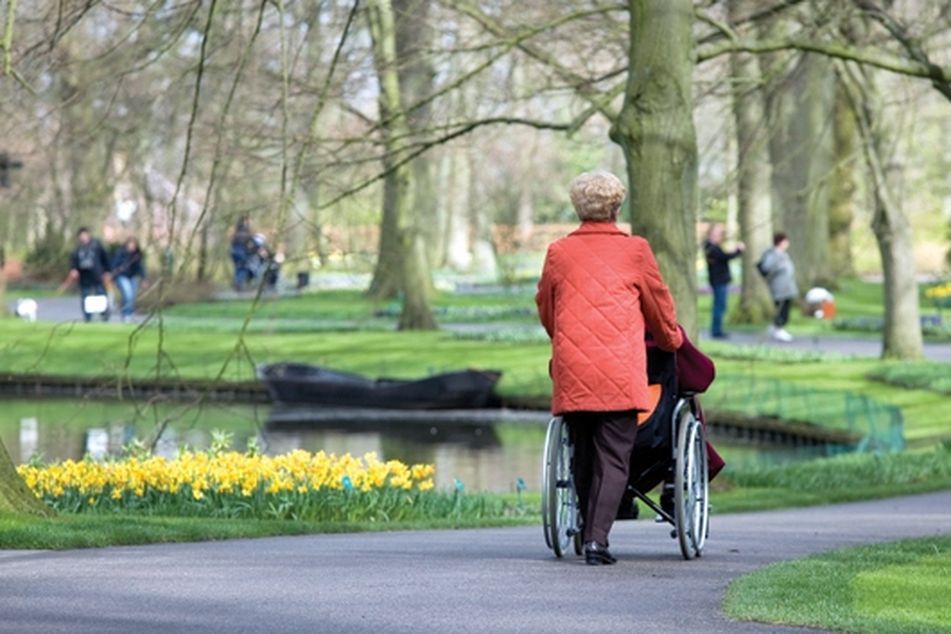Low-cost long-term care? It’s a southern thing

States below the Mason-Dixon line least expensive for nursing homes, assisted living
If you’re looking for lower-cost long-term-care services, you might want to consider heading south.
Southern and southwestern states featured the most affordable costs for a spectrum of LTC services, including nursing homes, assisted-living facilities and home care, according to a report from MetLife Inc., using data from LifePlans Inc.
Oklahoma, exclusive of Oklahoma City and Tulsa, had the lowest private room nursing home rates this year, averaging $147 a day. Meanwhile, Texas — with the exception of Austin, Dallas/Forth Worth and Houston — had the lowest costs for semi-private rooms at an average daily rate of $131.
Arkansas assisted-living facilities, excluding Little Rock, were the cheapest in the nation, with an average monthly base rate of $2,355. Home care and adult day care were the cheapest in Shreveport, La., and Montgomery, Ala., respectively. It costs $13 per hour for home care in Shreveport, while residents of Alabama’s capital pay $26 per day for adult day care.
Across the board, the costs of long-term-care services were up from last year. The average rate for a semi-private room, for example, hit $222 per day, and the tab climbed to $248 per day for a private room. Both figures reflect a near 4% increase from 2011. Costs climbed by 2.1% for assisted living facilities, hitting an average rate this year of $3,550. The cost for adult day services and home health aides held steady, running $70 a day and $21 per hour, respectively. Care provided by home makers rose to $20 per hour, up 5.3%.
Retirees are getting walloped by these rising costs, as well as by health care inflation rates — which are at about 4% — according to Sandra Timmerman, director of the MetLife Mature Market Institute.
Increasing expenses tied to LTC are spurring some near-retirees to act sooner and get creative when solving their needs. “It’s important for someone to go to a planner early and put this into the mix of all the retirement planning they do,” said Ms. Timmerman.
Among gerontologists, there has also been a push to allow seniors to age at home. Other benefits of receiving help at home include lower costs compared with staying at a facility, Ms. Timmerman said. That’s given rise to new care models that center on cooperation: Cohousing, for instance, is based on building a community in which all residents in a neighborhood help each other and interact in communal spaces. They can also help share the cost of bringing in a home health aide.
“It’s like the Golden Girls model,” Ms. Timmerman said.
Learn more about reprints and licensing for this article.






